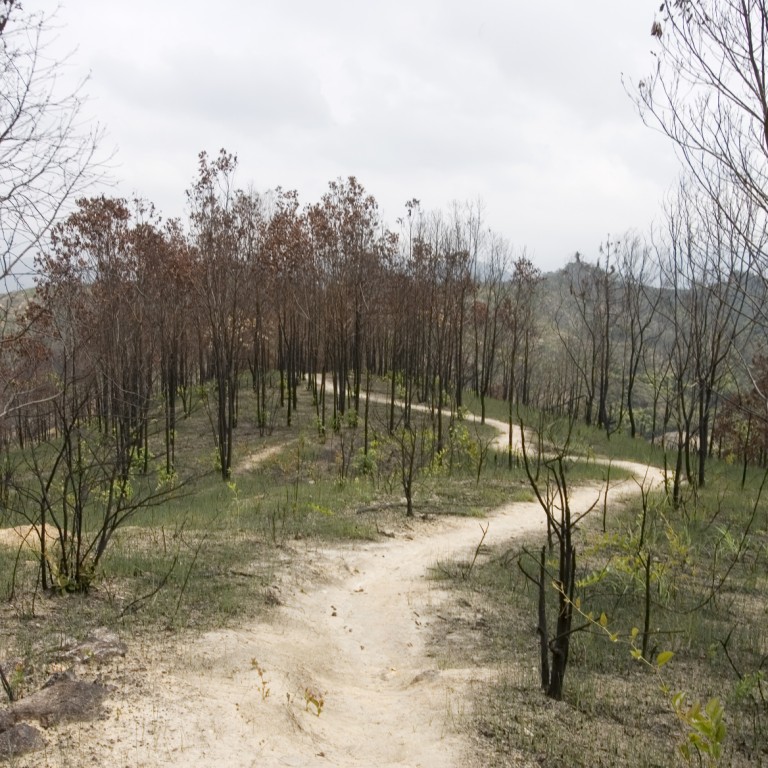
New | ‘Hundreds of graves’ lying in Hong Kong's country parks and green belts
Environmental groups record the number of licensed burials grounds impinging on environmentally sensitive areas in Yuen Long and North District
Hundreds of ancestral burial grounds across the New Territories are encroaching on sensitive areas zoned for conservation and are threatening the environment, green groups say.
At least 27 officially sanctioned grave sites in Yuen Long straddle conservation areas, while four are inside country parks and at least one is near a site of special scientific interest, according to the Land Justice League.
In North District, the group counted six permitted burial grounds that were in or near conservation areas and 20 that were located in or near country parks.
Green activists blame a “primitive” application system run by the Home Affairs Department for the unbridled land occupation.
“You can pretty much put a grave anywhere and the bureau will have no idea as it never goes to check,” Eddie Tse Sai-kit, convenor of the Alliance for the Concern over Columbarium Policy, said on Tuesday.
The two groups came up with their findings a week after the Ombudsman announced an investigation into alleged mismanagement and abuses at burial grounds for indigenous New Territories villagers.
A 30-year-old policy allows indigenous villagers to build dedicated hillside graves for their dead on 500 sites over 4,000 hectares across the New Territories.
That compares to just 800 hectares set aside for most of Hong Kong’s non-indigenous villager population for cemeteries and crematoriums.
“Hong Kong land is already so scarce, but indigenous villagers can still buy and expand grave sites? This is an unfair land-use policy on the part of the government,” league founder Chu Hoi-dick said.
The bureau would clear itself of all responsibility once it issued the approval to villagers, the groups said.
“Responsibility then bounces from the Lands Department to the Planning Department and to the Agriculture, Fisheries and Conservation Department,” Tse said.
Home Affairs Department data shows an average of 900 to 1,000 approved burials in each of the past five years.
As for unlicensed graves, planning laws dating to 1983 restrict their building, but Tse said new burial sites had suddenly proliferated after 2007.
In theory, villagers must present a death certificate before applying to build a grave. But many graves were built unmarked and unnamed, he said.
The league has called for strengthened regulations and checks on how indigenous villagers build graves and for greater transparency in the process.
“The building of graves should not be allowed in conservation areas or country parks, either,” Chu said.
“Trees and bushes have been cleared and uprooted for large graves. Those built in heavily forested areas can cause bush fires,” Tse added. “The environment is already destroyed before there is anything in the grave.”

